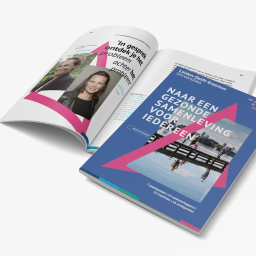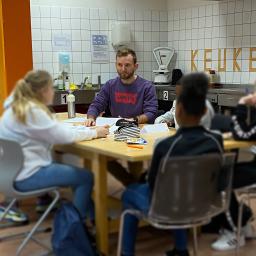‘The role of artificial intelligence is still limited'
Self-learning algorithms can detect tumours or predict which molecule could act as a drug. But a robot that makes a bed is still a long way off. What is actually the status of artificial intelligence (AI)'s contribution to care and health? And what can we expect from it?
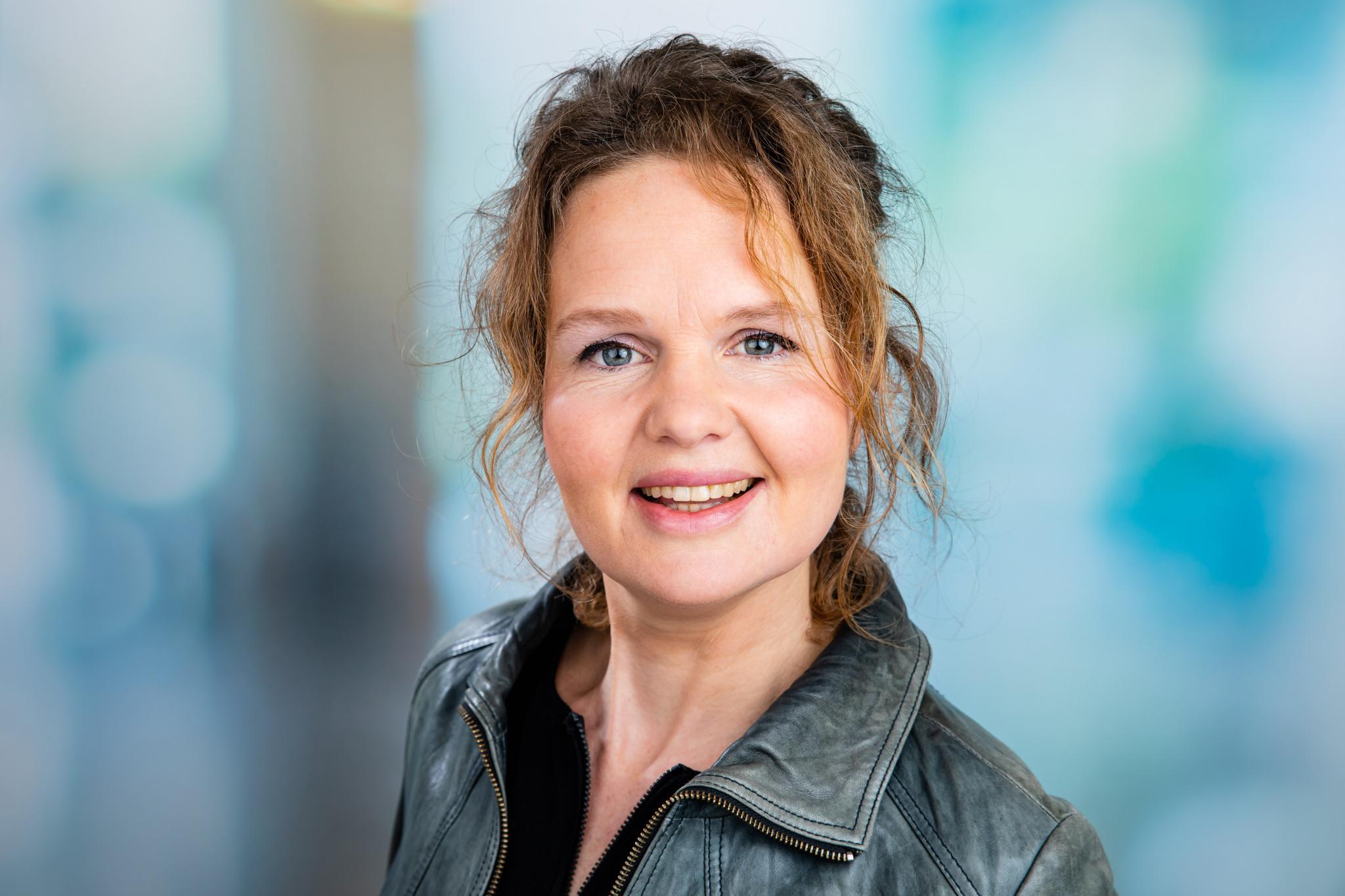
Ageing, loneliness and staff shortages, for example. What can AI do here?
Iris Wallenburg, associate professor of health policy and management: 'We are looking at hospital-wide and within home care how AI is transforming care. We do this, for example, with the interdisciplinary research programme AiPact.
The main question is whether you can use data-driven care and AI to unburden healthcare providers. Take ICU nurses: they can now provide good care to a maximum of two patients. At Erasmus MC, one of the things we are investigating is whether we can streamline their work better with smart dashboards that alert if a patient is in danger. As social scientists, we want to know whether this actually helps nurses.'
Marco Spruit, professor of Translational Data Science in Population Health: 'Within the LUMC CAIRElab, we managed to automatically summarise consultation conversations between doctor and patient. By automating such manual tasks and simple diagnoses, you keep more time and focus as a healthcare provider for the substantively interesting problems. That makes the work more attractive.'
We generate an everyday conversation with AI. Eventually, this should become a social robot.'
'In another project, Welzijn.AI, we monitor the well-being of lonely elderly people. We don't present people with standard questionnaires about well-being, but generate an everyday conversation around it with AI. Eventually, this should become a social robot.'
That sounds wonderful! And then there is precision medicine through AI, where an algorithm suggests a diagnosis, for example.
Wallenburg: 'At Erasmus MC, we contribute as social scientists to several initiatives in this field. For example, a study on diagnosing brain tumours, in which imaging with AI replaces a biopsy that was necessary until now. We want to learn under what conditions doctors are willing to work with algorithms that take over some of their decision-making and whether patients will trust them.'
Especially when it comes to interacting with people, hard algorithms still need to improve.'
Is AI actually the golden bullet to make care and health more efficient and better?
Spruit: 'Apart from diagnostics using medical imaging such as MRI scans, AI is not good enough technologically yet. Especially when it comes to interacting with people, hard algorithms still need to improve. Explainability and fairness also play a role in the implementation of AI. Without that, healthcare professionals are much less inclined to start using it.'
Wallenburg: 'What is concrete now is very limited and relevant in only a small area of healthcare. In the future, I see AI being used mostly in combination with human care. Simply, that there is less need for a nurse or a doctor to visit a patient.'
'What I don't yet have a picture of is how such partly automated care - remote or otherwise - will be experienced by patients, informal carers, doctors and nurses. It may give informal carers a greater role in the social and emotional support of their loved one. The question is how much you can ask of them.'
Once the AI is developed, it has to go into medical equipment or software that has to be CE-certified.'
So it's not exactly plug and play with AI.
Wallenburg: 'And there is a lot more to it! Once the AI is developed, it has to go into medical equipment or software that has to be CE-certified. You have to be able to get the right data for the system, while protecting privacy, and then there is the question of responsibility. Who is responsible and liable if something goes wrong? That also makes it difficult to achieve full implementation.'
Spruit: 'I completely agree with that. Even if the technique has been scientifically validated in trials, you don't just get it into practice. I have had the necessary experiences with that myself. Trust in AI plays an important role here. Fortunately, medical schools are now revising their curriculum so that students also learn about big-data and AI. Within LUMC, we have started a master's programme in Population Health Management.'
Artificial intelligence is not going to solve everything, but it can ensure that we can win the good people for healthcare.'
What else is needed to better harness the potential of AI?
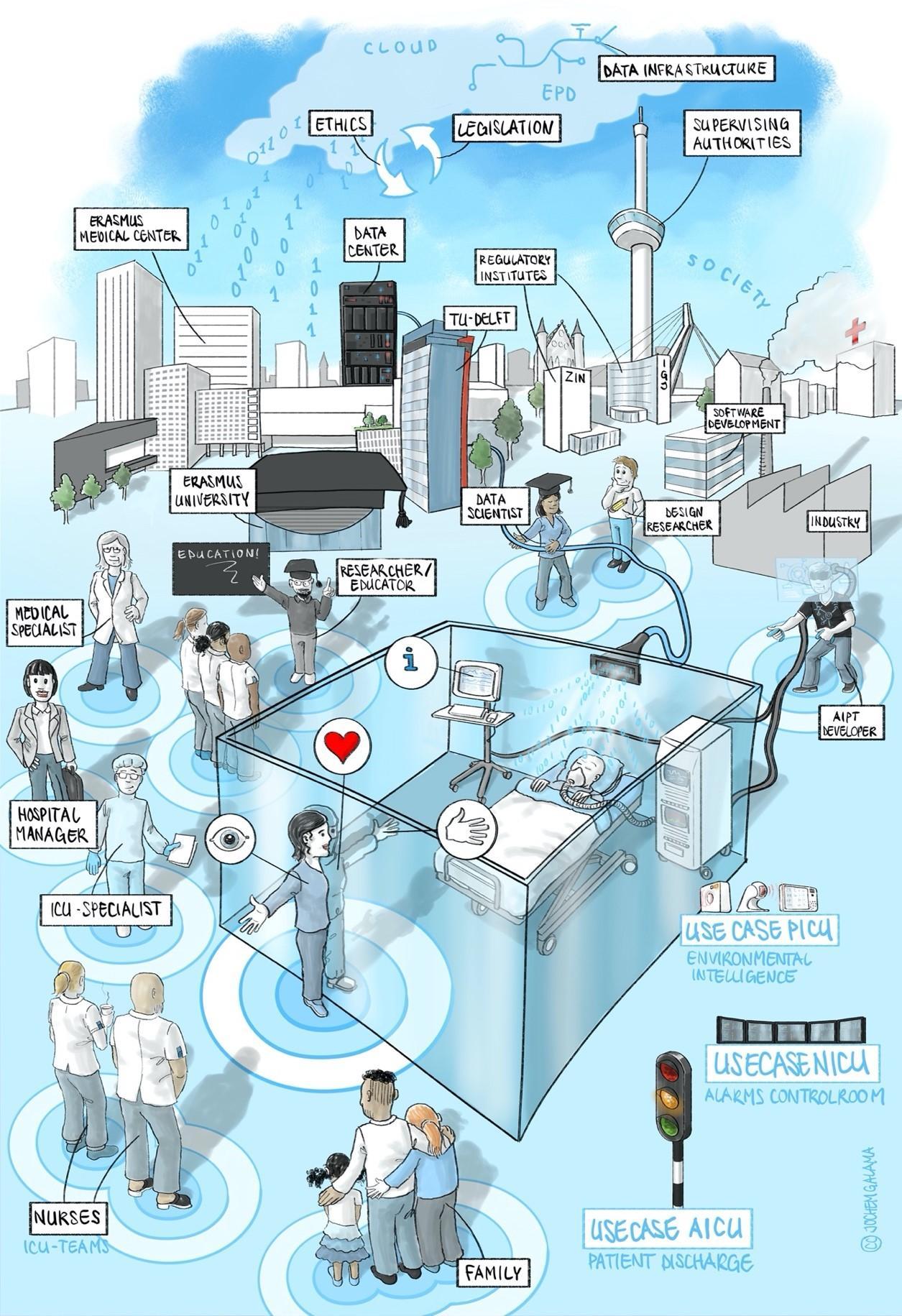
Spruit: "It is a tool that can determine the direction of a much-needed fundamental change in healthcare. However, the government's vision for this care must be much clearer. Less cost-driven and more future-oriented.'
'If we know where things are going, we can connect to that. Artificial intelligence is not going to solve everything, but it can ensure that we can win the good people for healthcare.'
'There is still a long way to go, especially in non-technological dimensions. For example, data is the gold that algorithms need to learn with, and right now commercial providers of healthcare information systems are sitting on top of that gold. What we need is an open, non-commercial information system. That would improve healthcare innovation exponentially within a few years.
Wallenburg: "I would like to see research funders start thinking more from the public interest. Now the condition is almost always that you collaborate with companies, so all kinds of commercial interests come into play.'
'And there are almost only very large grants, for which you have to promise a lot. We might fly off the handle with that. Let's also support smaller initiatives, which are more realistic.'
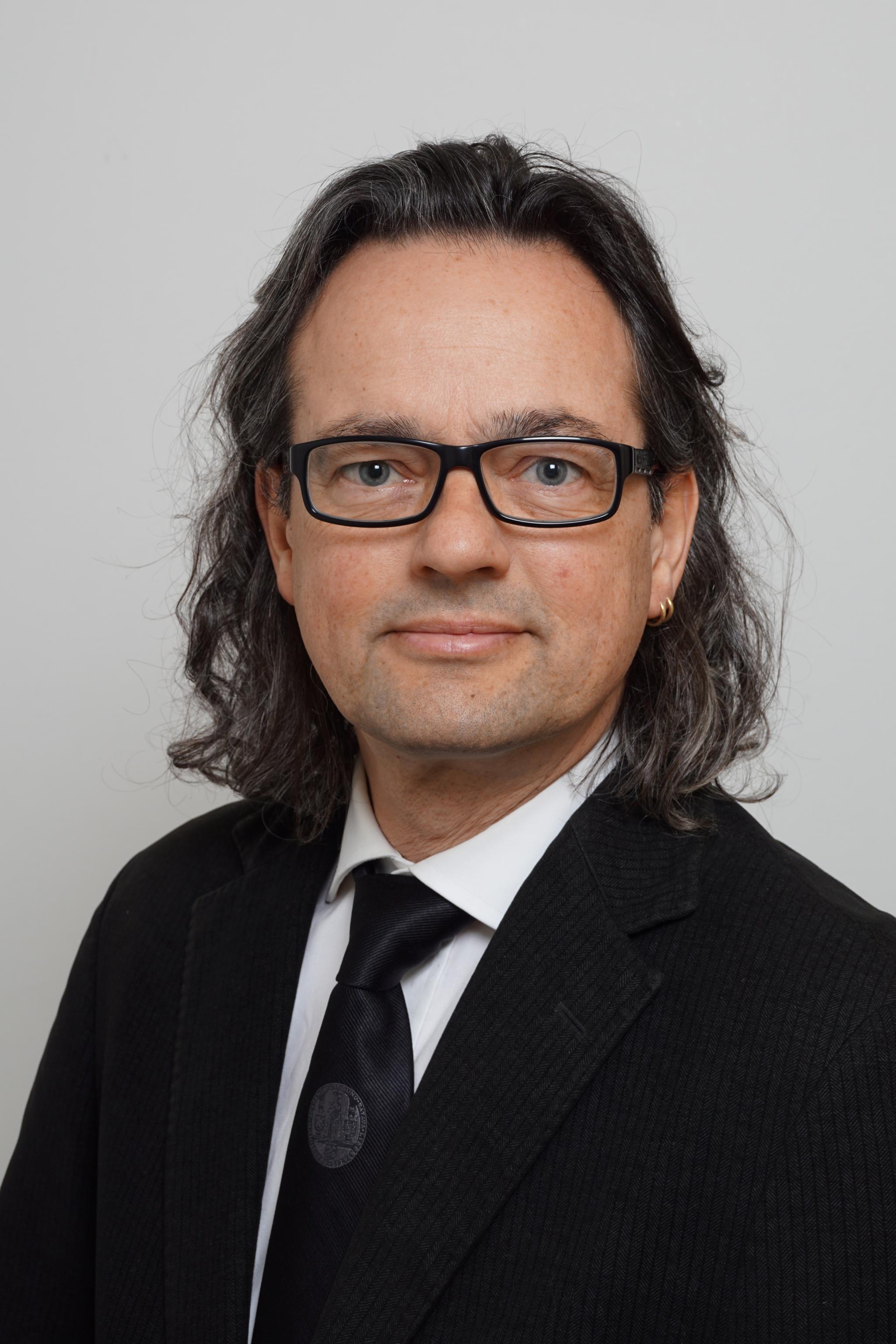
Do you also see opportunities to reduce the health gap with AI? Vulnerable groups have poorer health and live shorter lives.
Spruit: 'I focus particularly on vulnerable subpopulations in the Haaglanden region, such as the frail and lonely elderly in the Welzijn.AI-project in which we use language and speech technology. AI is additionally used to filter out the right individuals from the population for very targeted interventions, such as in the Hotspotters project.'
'Through data analysis on fifteen characteristics - for example, admission to hospital or psychiatric institution, addiction and homelessness - general practitioners can identify and provide additional support for their patients with complex conditions and care needs.'
'In many projects, the first step is to identify the right risk groups in order to then deliver the right care in the right place. This can be done by linking medical data with data on living environment and debt problems, for example.'
The data such systems need is a problem.'
'That's one area for which you can use smart data analysis techniques based on learning machines. The data such systems need is a problem. At The Hague Campus, we can make this kind of risk stratification within the ELAN data warehouse, but there are still many technical barriers.'
Wallenburg: 'In our research, we want to start bringing in what data we are using and what group(s) we are missing. In the projects that are currently running, we are not that far yet. The focus is still on making something workable. In further development, we must then pay attention to inclusion of all groups in society.'
Marco Spruit (1969) is professor of Advanced Data Science in Population-Based Care at Leiden University, at both LUMC and the Leiden Institute of Advanced Computer Science (LIACS). He focuses in particular on translating innovative data science technologies into new healthcare applications and their implementation in daily practice.
Iris Wallenburg (1977) was a nurse and studied health sciences. She is associate professor at the Erasmus School of Health Policy & Management and researches, among others within AiPact how AI is transforming traditional healthcare practices.
Text: Merel Engelsman

